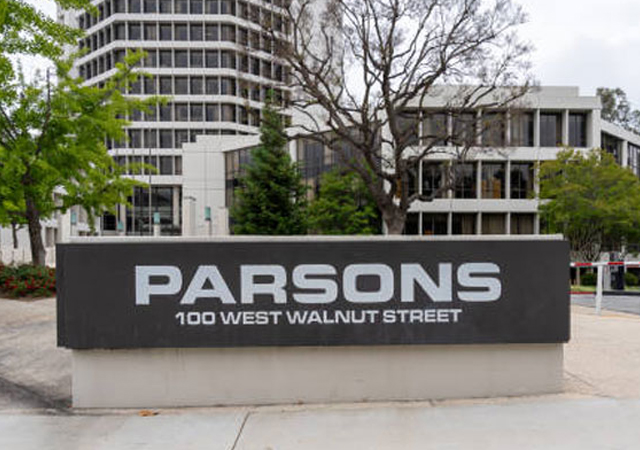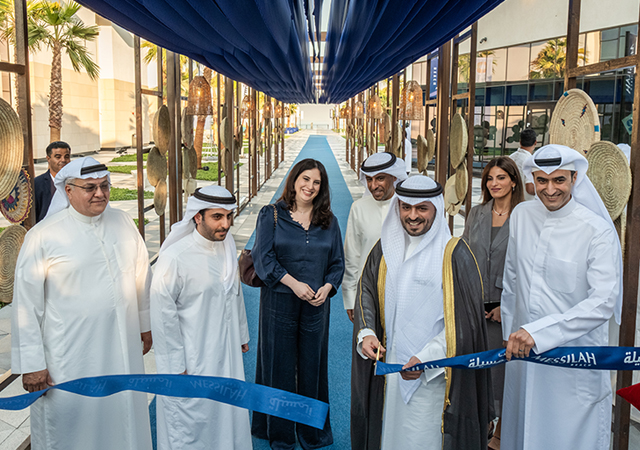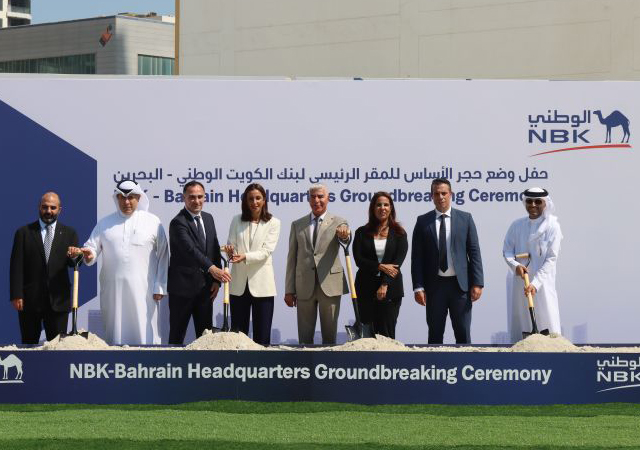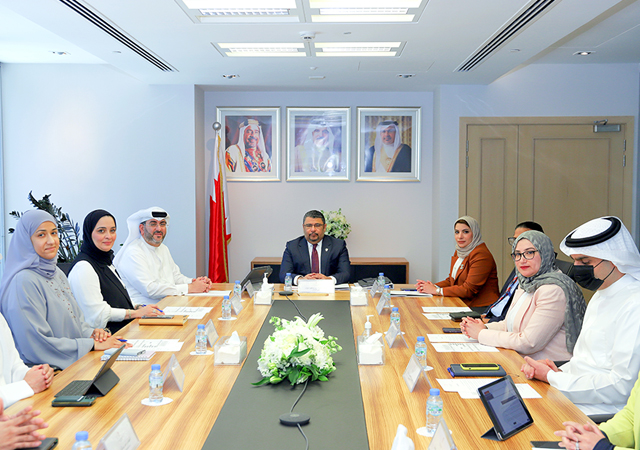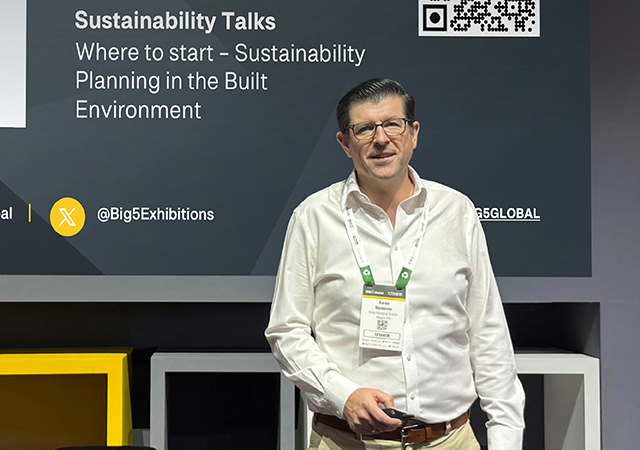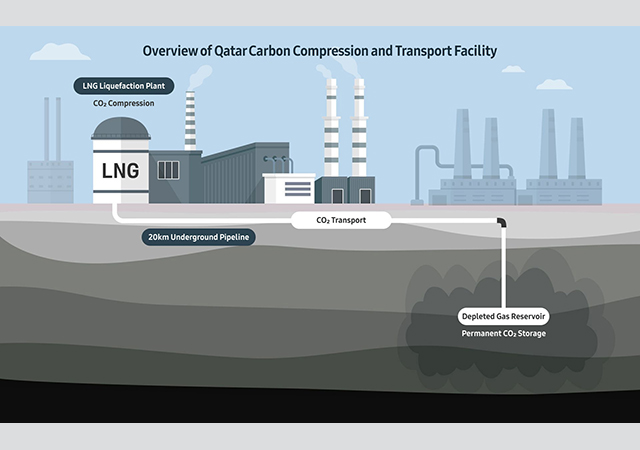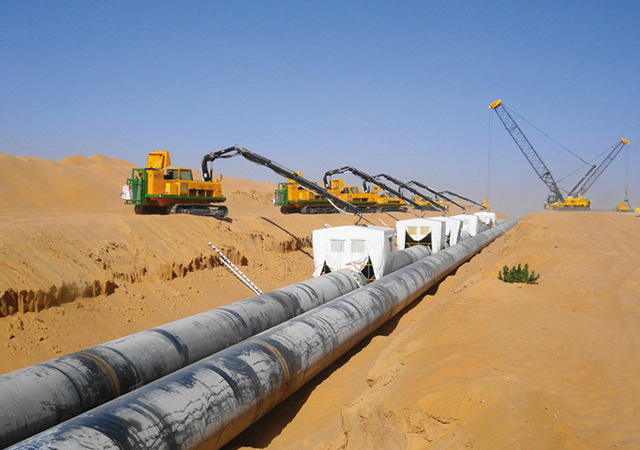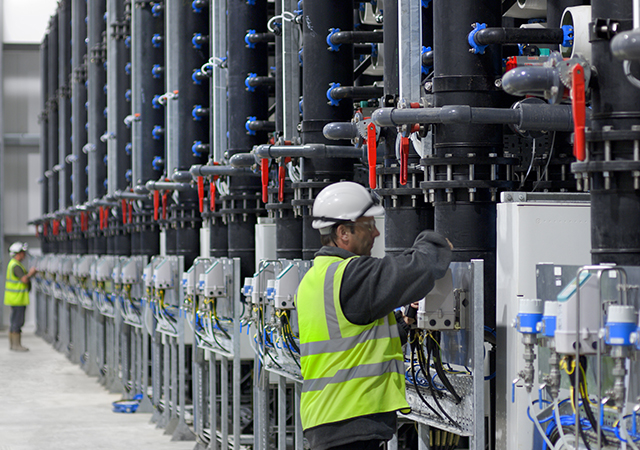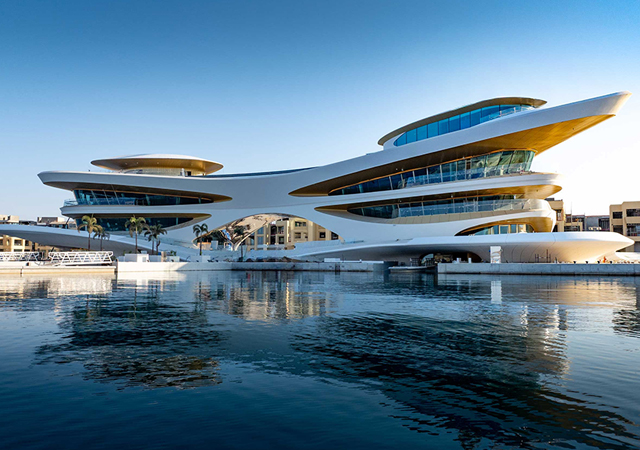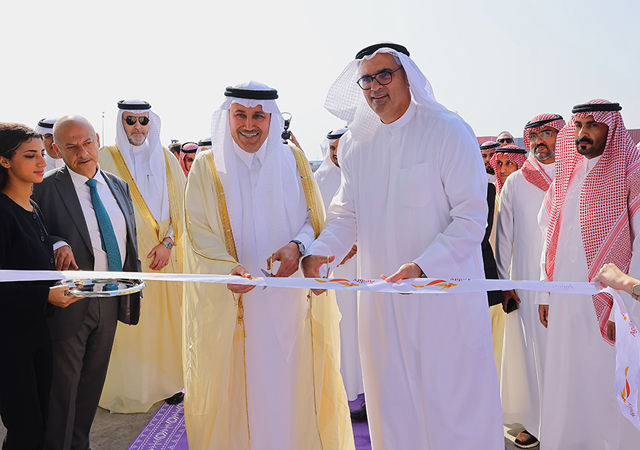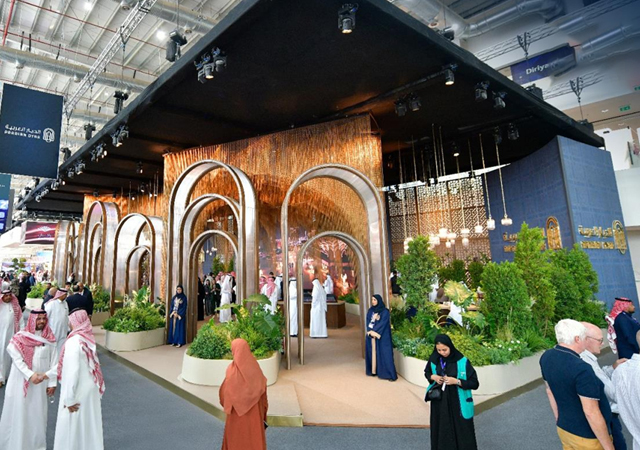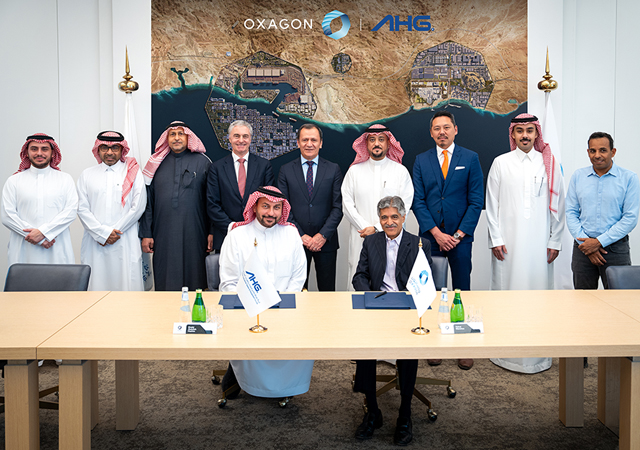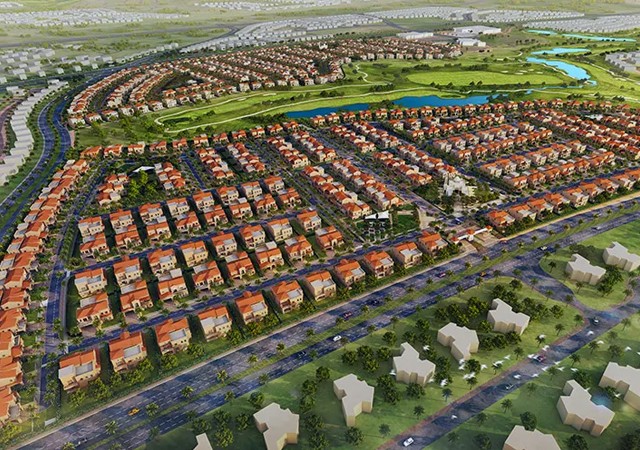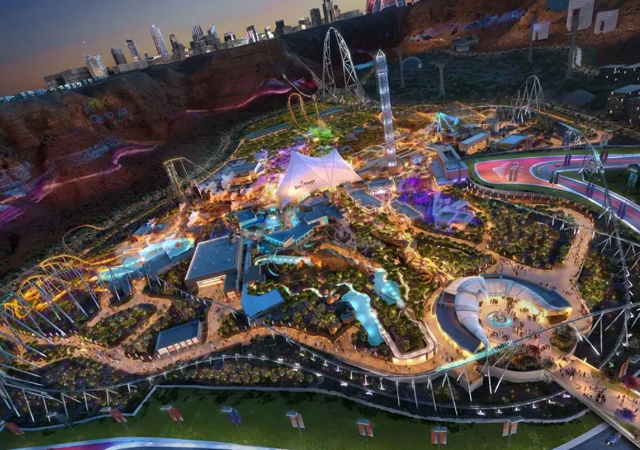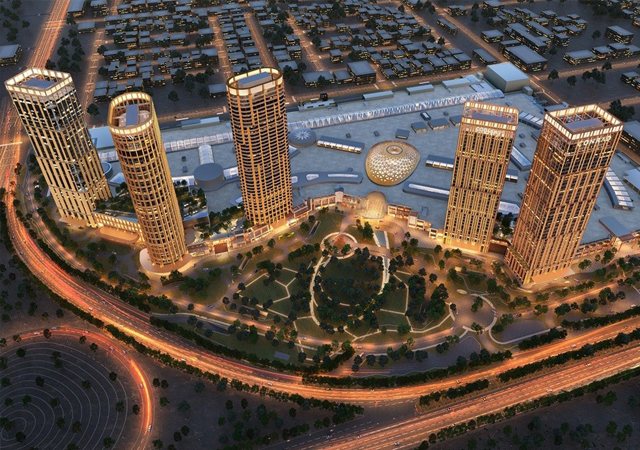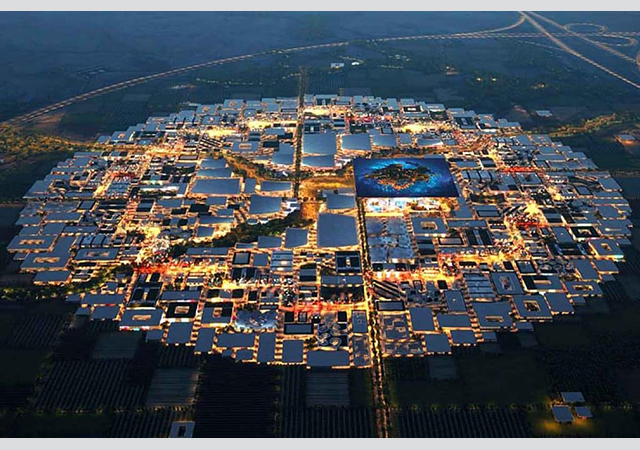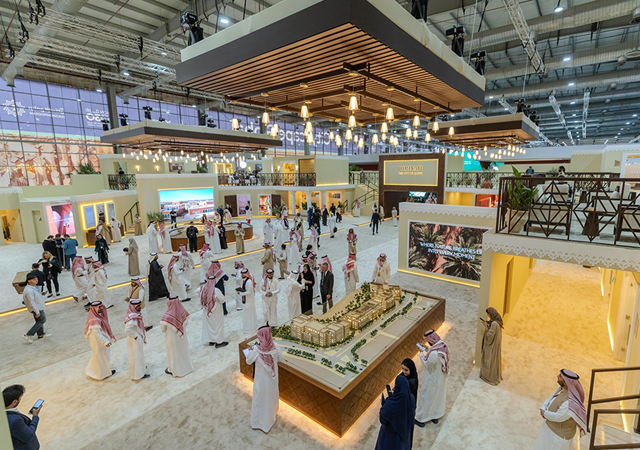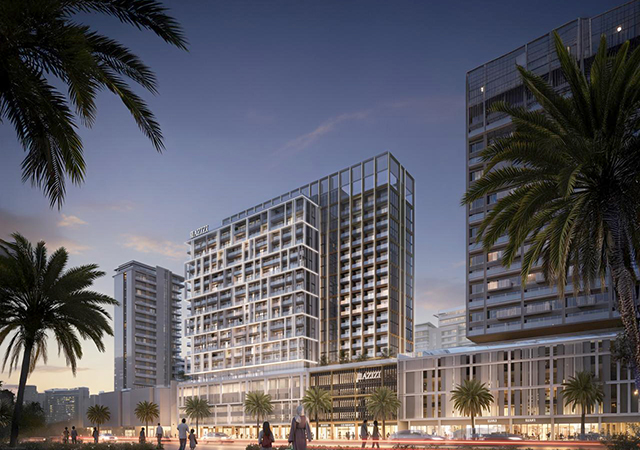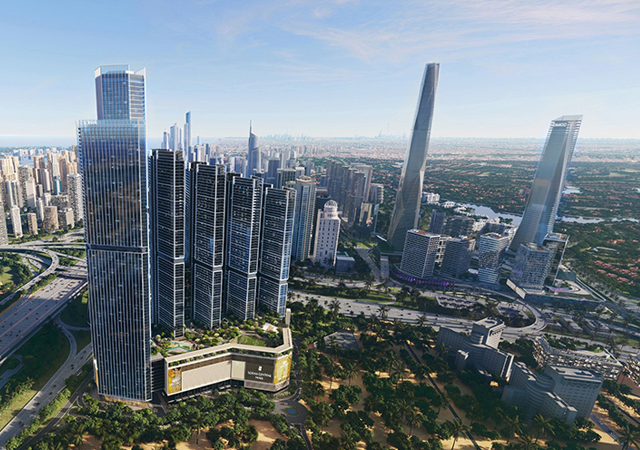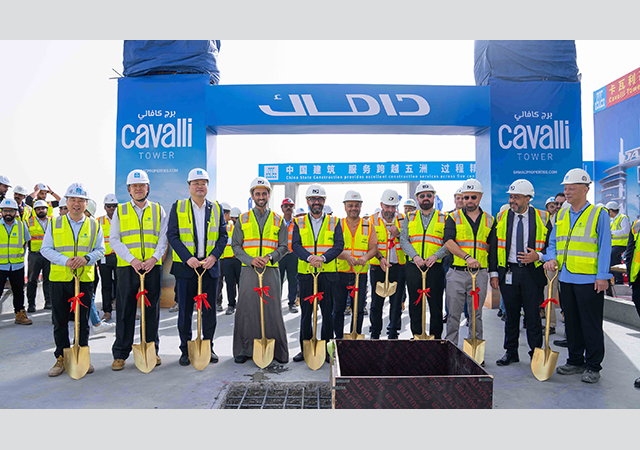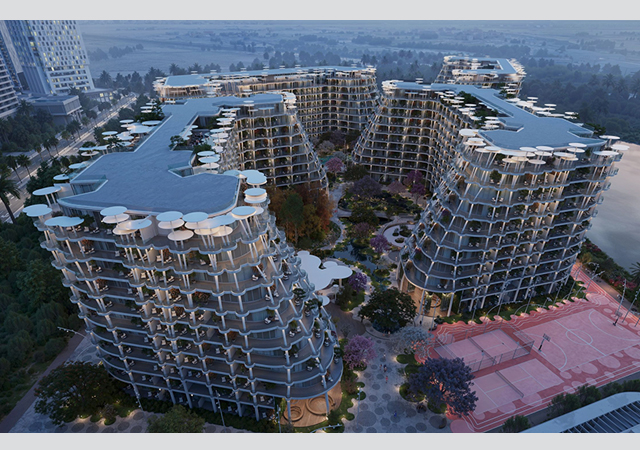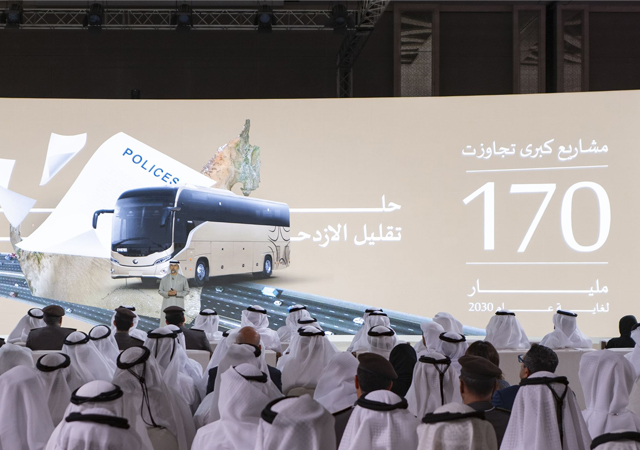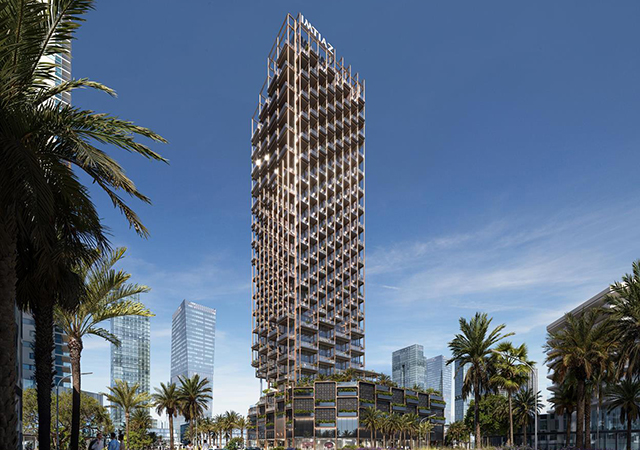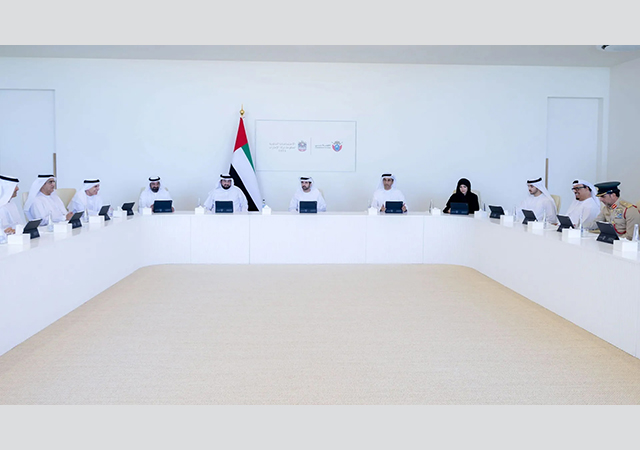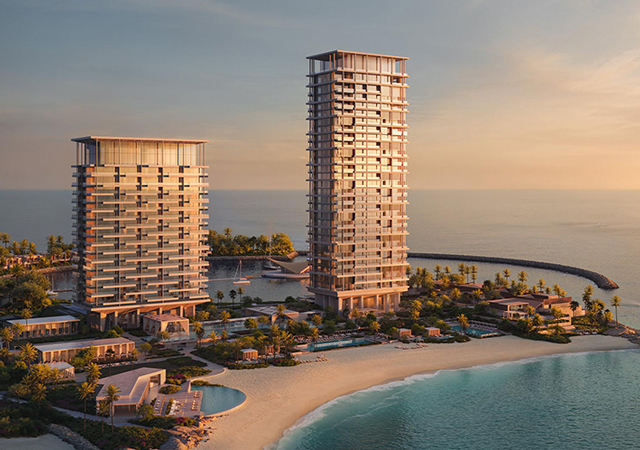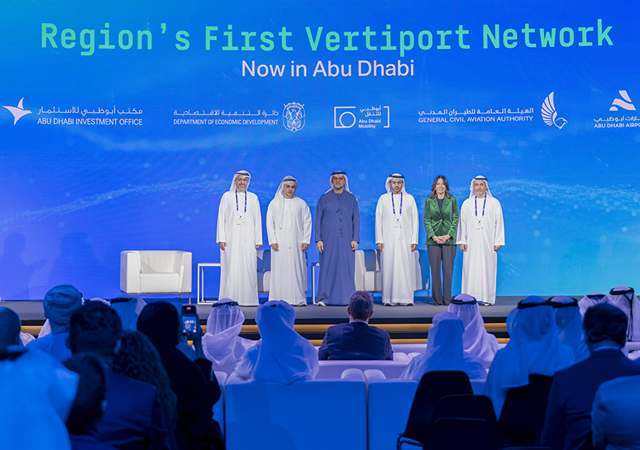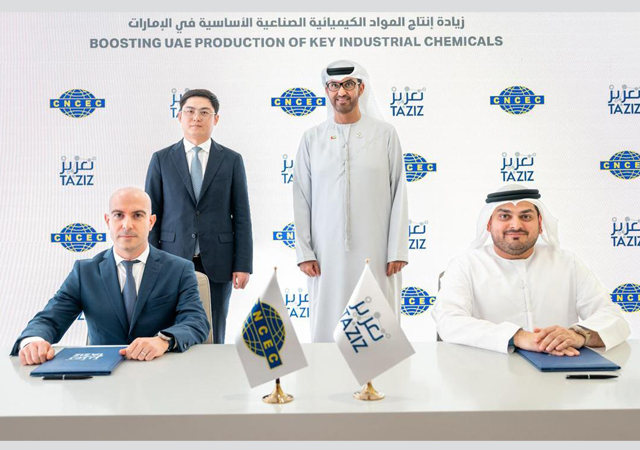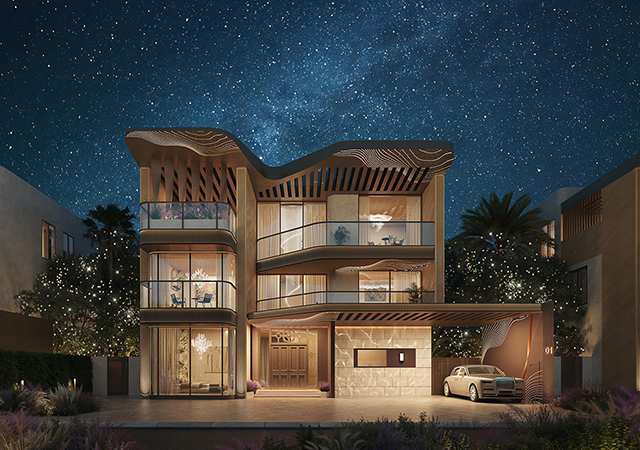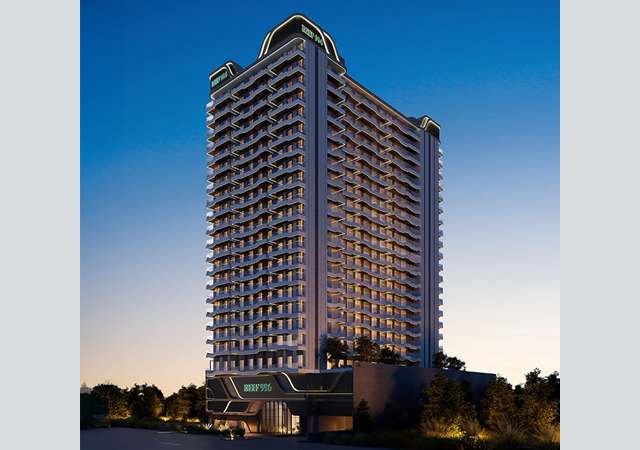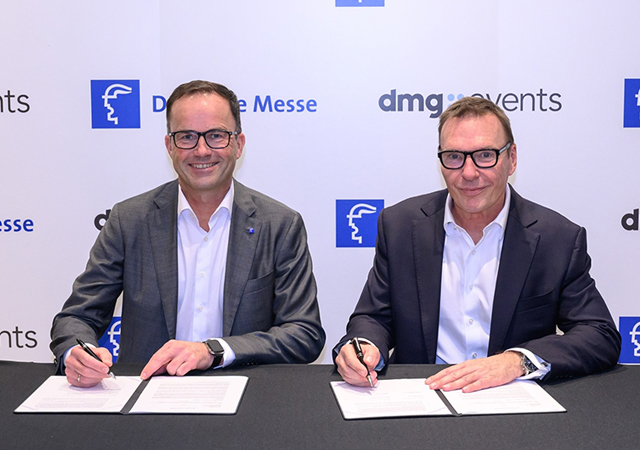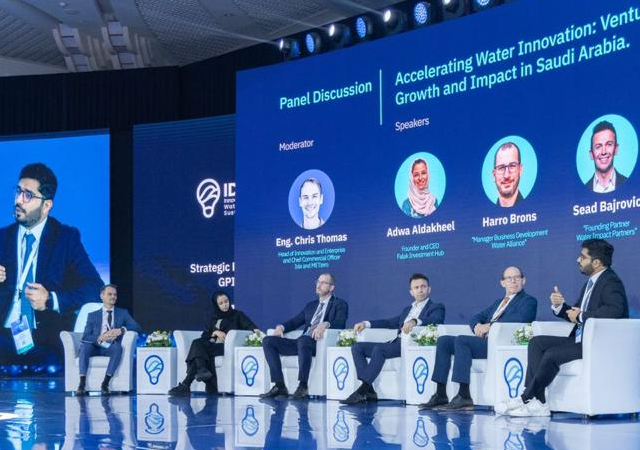
A 22-storey residential building at the Burj Dubai development has caught up on lost time by leveraging BASF Construction Chemicals’ ‘smart dynamic construction’ (SDC) concept for a fast foundation pour.
The main contractor Al Futtaim Carillion needed to meet tight deadlines on the pour for the Boulevard Central Tower without compromising strict design and engineering specifications, and BASF Construction Chemicals UAE stepped into the breach with its SDC concept. Through this, a new generation of concrete delivered up to 40 per cent faster placing and up to five times higher labour productivity at the tower.
“The Boulevard Central Tower was originally designed to have a piled foundation with a 2.3-m-thick concrete raft on top,” says David Bowerman, regional manager, admixture systems at BASF Construction Chemicals UAE. “However, the foundation was redesigned to eliminate the piles, putting the project behind schedule. Since the project director Bev Stubbs had previously used self-compacting concrete (SCC) on a project in Dubai, our SDC concept was welcomed.”
He continues: “BASF’s SDC promised to speed up the process, which would assist the company to recover lost time. As the concept also ensures that concrete is able to pass through dense reinforcement in a raft, it would ensure that the in-situ concrete obtained optimum strength and durability. Another benefit was that the solution was only approximately 10 per cent more expensive than a traditional mix – a huge advance on the previous generation of SCC which added 35 to 50 per cent to the cost of traditionally vibrated concrete.”
SDC combines the advantages of traditional vibrated and self-compacting concretes, based on the premise that high-workability concrete (Class S4, EN206-1, 160 to 210 mm slump) is not fluid enough while SCC is not stable and reliable enough. The concept is suitable for upgrading Class S4 concretes to a higher performance level, with self-compacting characteristics and the same ease of production as standard concrete, at minimal extra cost.
SDC consists of a robust mix design with a lower cementitious content than traditional SCC. It uses BASF’s Glenium superplasticiser, which provides the concrete with optimal flowability and high early strength, and RheoMatrix 110, a state-of-the-art viscosity modifying agent that makes the mix more robust.
Explains Bowerman: “With the piles eliminated, the designer would have to specify the use of a thicker raft to reach the required bearing capacity if concrete of the original strength is used. However, this would generate more heat, raising the risk of cracking. The BASF-designed mix supplied by Cemex Topmix utilised Glenium SKY 504 to achieve double the strength of the originally specified concrete, while complying with strict heat restrictions. The SDC solution offered a proven alternative that was twice as quick to pour as a traditional solution.”
Components of the SDC concept have previously been used in projects in the UAE, two of which deserve special mention.
The $8 billion Burj Dubai tower required nearly 170,000 cu m of concrete designed for up to 80 N/sq mm compressive strength. Glenium SKY 504 was developed specifically for this project and enabled exacting mixes to be supplied consistently and pumped to a record height of 601 m.
And at the 50-storey Al Durrah building located opposite the Dubai World Trade Centre (DWTC), SDC was used in the raft foundations for the structure, which covered 3,600 sq m at a thickness of up to 6 m, making it impossible to use traditional vibrated concrete. For the pour, 10,170 cu m was delivered to site in 31 hours.
“In essence,” says Bowerman, “SDC allows the production of a SCC with a lower cementitious content. The Glenium superplasticiser delivers good workability retention, self-compaction for up to three hours and excellent early and ultimate strength while RheoMatrix 110 maintains flow without segregation at a reduced cement content.”
For the Boulevard Central Tower, RheoMatrix 110 allowed the cementitious content (ordinary Portland cement, ground granulated blast-furnace slag and microsilica) to be reduced by 35 kg/cu m compared to the previous SCC used by Cemex Topmix, whilst increasing the robustness of the mix. As the foundation raft was at different levels, five pours were scheduled. The first pour of 700 cu m was done on June 11, 2008 and was followed by four equal volume pours of approximately 2,800 cu m. The total volume in the raft was 12,000 cu m and was completed before the end of August.
“Al Futtaim Carillion was very satisfied and is now further promoting the use of SDC,” says Bowerman.
“SDC a ‘smart’ technology that both simplifies the production and control of a dynamic concrete, with economical, ecological and ergonomic benefits,” he concludes.



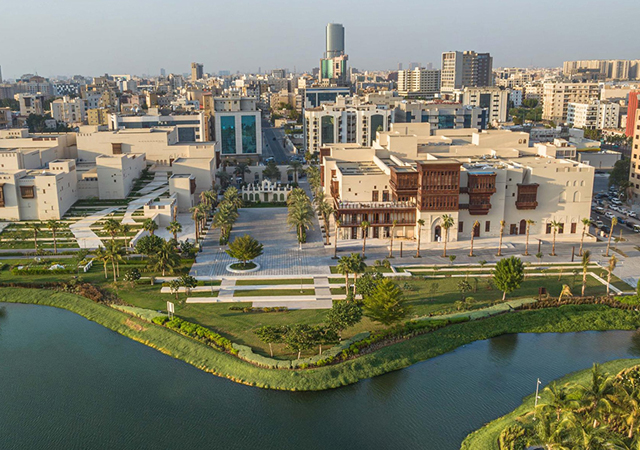
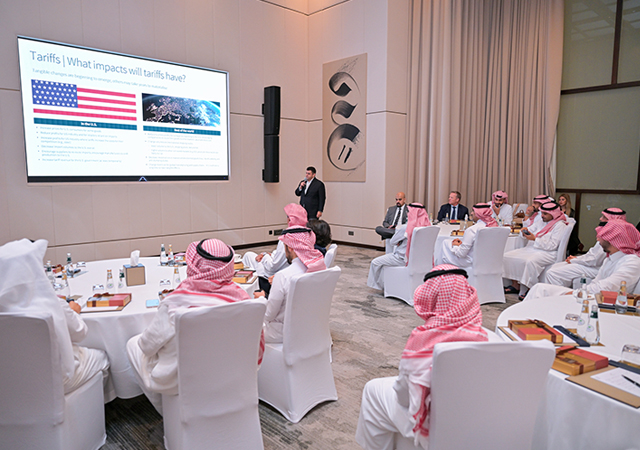
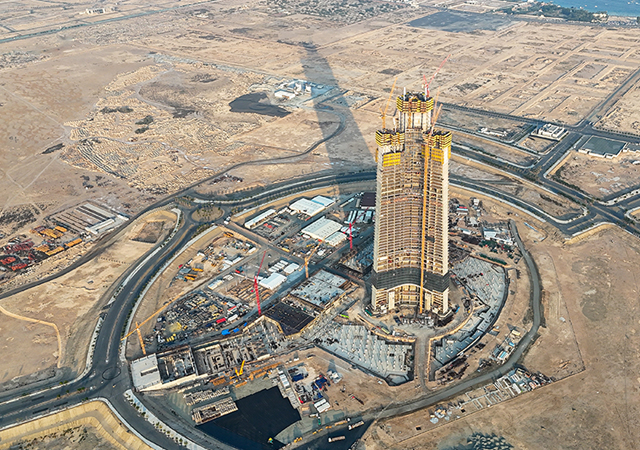
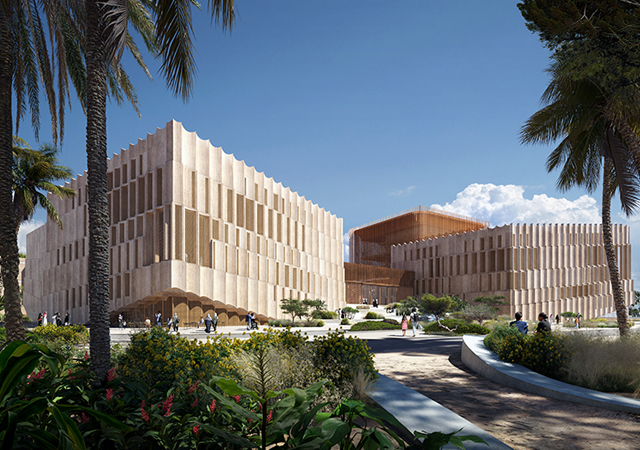




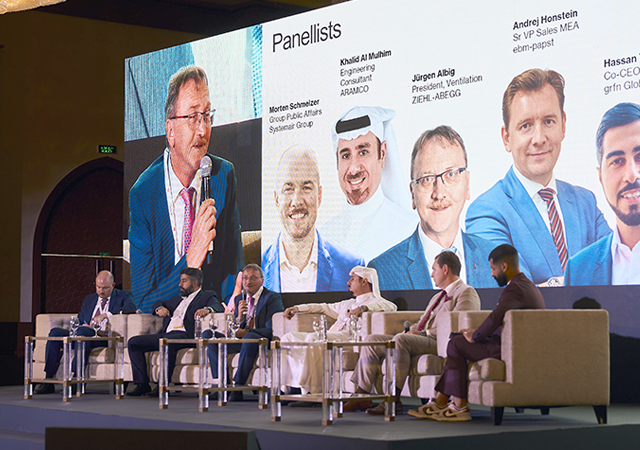
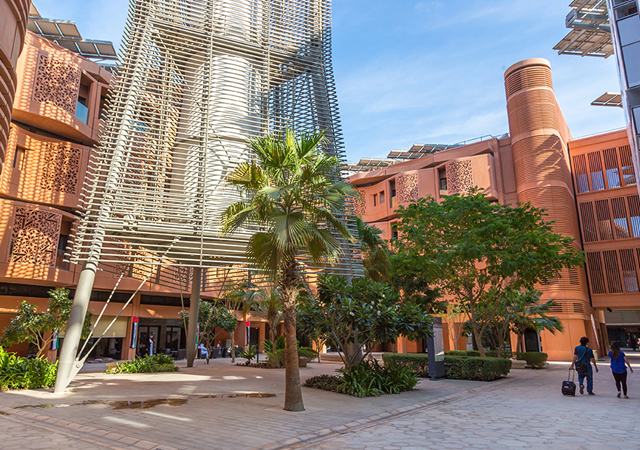
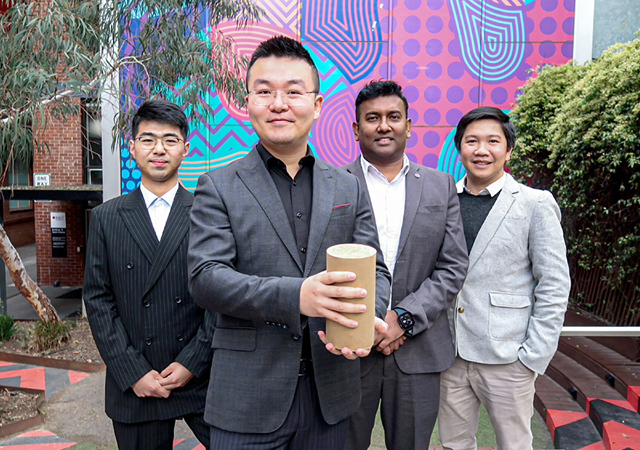
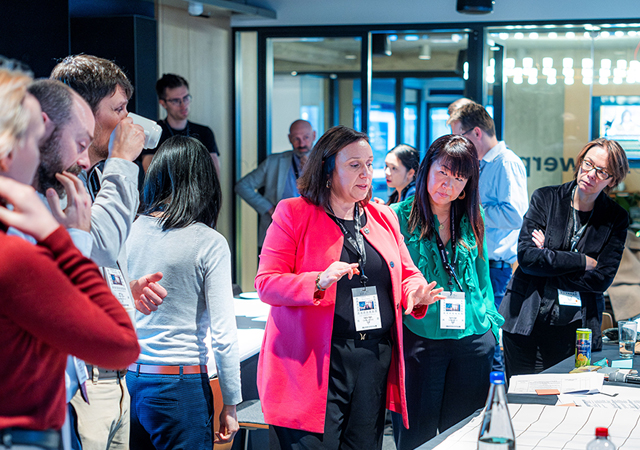

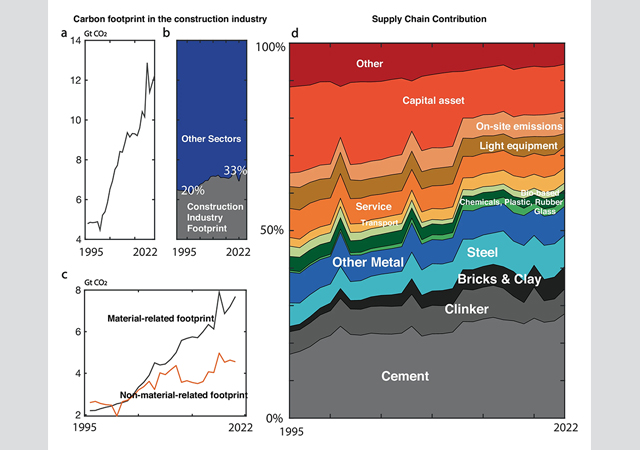
.jpg)
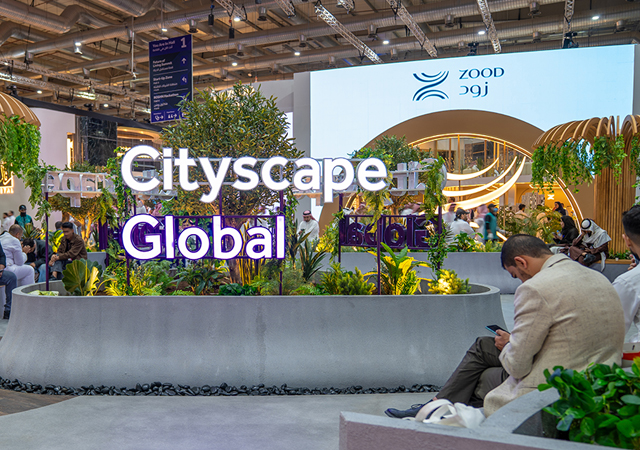
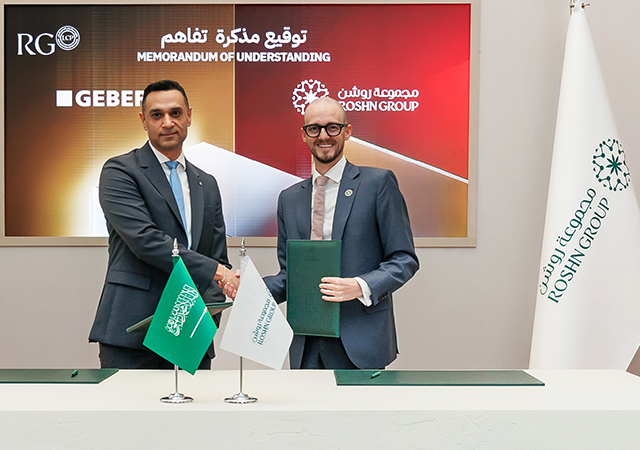
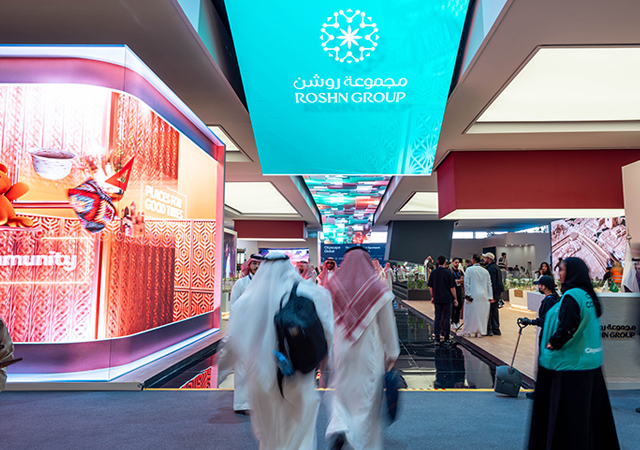
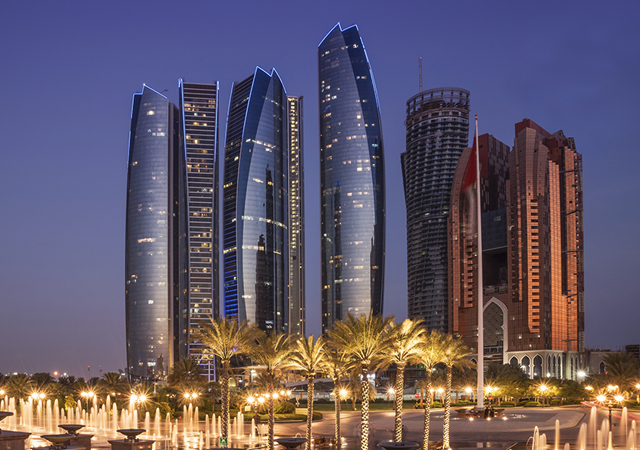
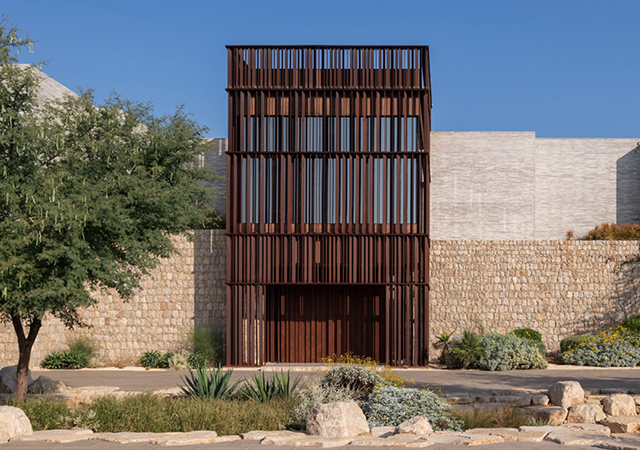
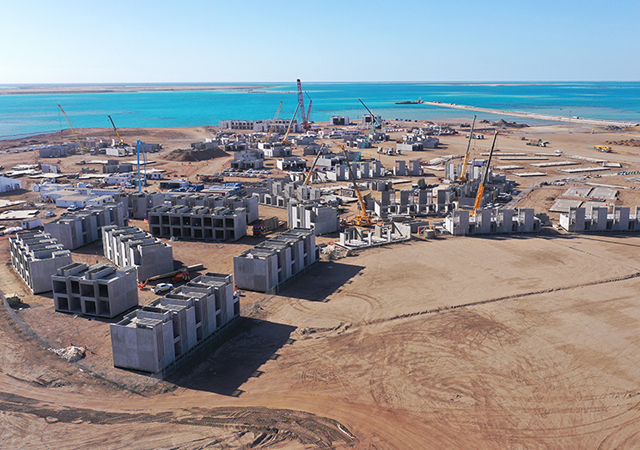
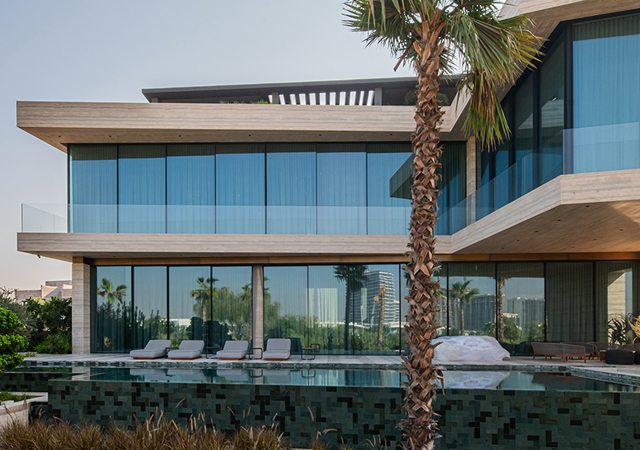
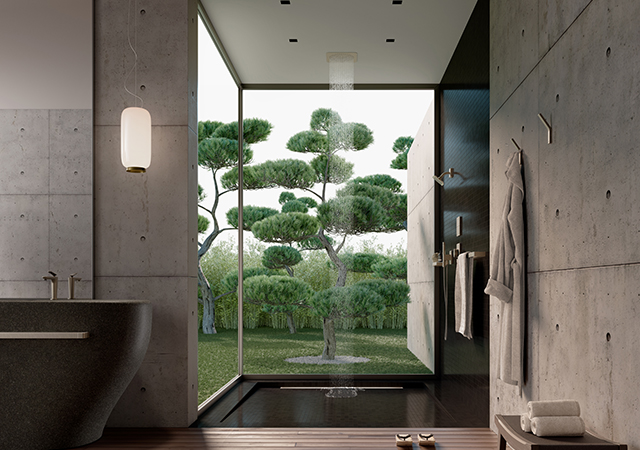

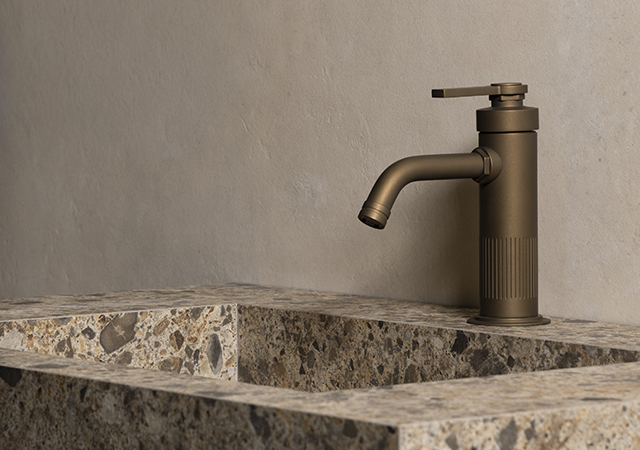

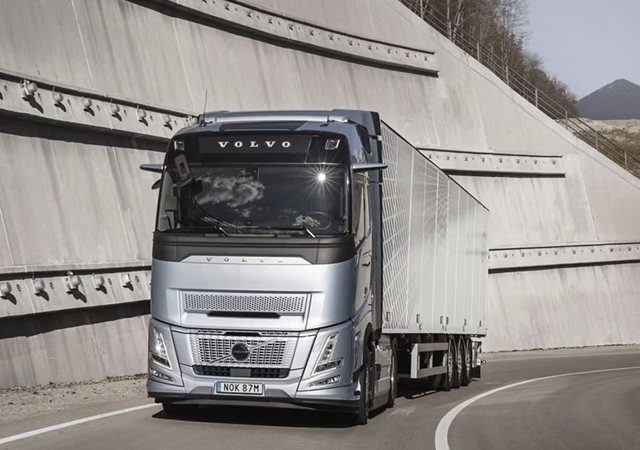
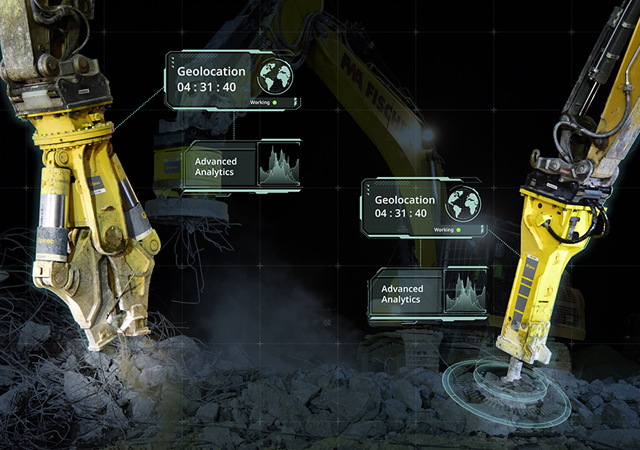
 (1).jpg)


